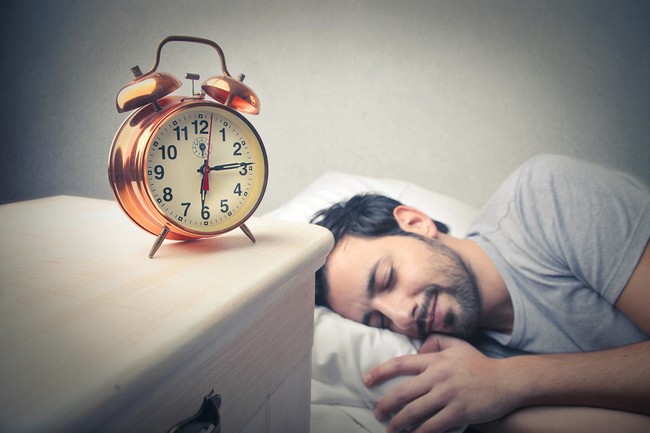- Make It Yourself Lavender Heart-Shaped Bath Bombs!
- 20 Things You Never Knew About “Down There”
- 12 Best Foods For Those Suffering From Arthritis Pain
- 12 Personal Hygiene Mistakes Almost Everyone Makes (Mom Never Told You About #4!)
- 15 Medicinal Plants And Herbs From The Cherokee People
- 12 Mind-Blowing Benefits Of Drinking Coconut Water During Pregnancy
- 12 Outstanding Winter Foods That Won’t Fatten You Up Like A Christmas Turkey
The Benefits of a Power Nap

Photo credit: bigstock
Have you heard the news? Naps are good for you! Your kindergarten teacher was right after all! Although many people believe that those who take naps are lazy, there is nothing further from the truth. Many famous, successful people took naps, such as Thomas Edison, John D. Rockefeller, Winston Churchill, even former President Ronald Regan took naps faithfully every day. More than one third of people say that they nap daily. What did they know that you don’t?
Power naps make you more alert.
A quick nap of somewhere between 20 or 30 minutes is all you need to feel alert and recharged, not groggy.
Many people feel sleepy in the mid afternoon and eat a sugary snack to perk them up.
What you really need is a nap, it prevents afternoon burnout.
Did you know that a nap can reduce your risk of heart disease?
It’s true! Those who take a nap at least three times a week have a 37 per cent less likely chance of dying from a heart related illness. Find out the danger of lack of sleep.
You are more productive if you take a nap in the afternoon.
There are multiple studies showing workers become less productive as the day goes on, but a 30 minute nap greatly improved a workers performance.
If you have tried taking naps but find they either leave you groggy when you wake up, or not sleepy when your normal bed time comes around, you are probably not napping correctly.
Seriously, naps are much more complicated than they sound. You can’t just doze off anytime you like, you should plan when, where, even how long you are going to nap.
Sleep works in stages
Stage one is when you are just dozing off, but not really asleep yet. If someone were to wake you up just then, you might tell them you were “just resting your eyes”, and not really asleep. Stage two is when your brain starts its repair and recalculations. This is when you need to wake up, after stage two but before stage three. Stage three is when you are truly asleep and will find it hard to awake. Sleeping for 30 minutes or less almost ensures that you won’t enter stage three. Read also about sleeping positions that are good for you.
Timing when you take you nap is as important as how long you will nap. Generally between 1PM and 4PM is the best time for snoozing. After 4PM, though, it might interfere with your usual bed time so try not to nap after that hour.

Photo credit: bigstock
Here are a few tips of successful power napping
1. It helps if you nap at consistent times.
Schedule your naps, say, every day after lunch, between 1 and 130.
2. Remember, though, to keep it within those 30 minutes.
Set a timer or an alarm, if you must, otherwise, you may suffer from grogginess for hours afterwards.
3. Find a dark, quiet place.
Your body instinctually knows that daylight means being awake and dark is time for sleeping. If you can’t find a dark place, use an eye mask.
4. Unless you are sleeping in a very warm car, use a light blanket.
Your body temperature drops when you sleep and you will sleep better if you are comfortable.
5. Be careful where you decide to nap.
Some work places are OK with a quick nap, however, others are not. Don’t be caught slacking at your desk. If your place of employment frowns on napping, do it during your lunch break.
Napping may not be for everyone, but if you are one of them, you may find that you will become one of the most productive people that you know.
Sources:

































JamesMagoo
Jun 23, 2014 at 11:19 am
My boss would fire me if i take a nap.